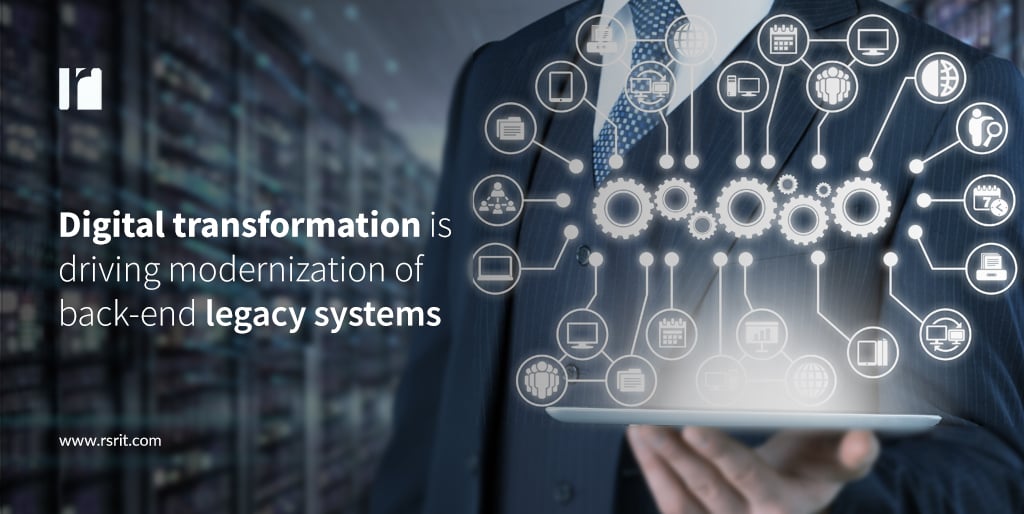Legacy systems lurk in the back rooms and overlooked crannies of many organizations, consuming an outsized portion of IT resources for maintenance and upkeep as technology passes them by. But while many of these applications have survived through a combination of neglect, opportunity cost and avoidance, many are finally facing modernization thanks to the pressures of broader digital enterprise transformation.
Back-end legacy systems often store and use one-off versions of data sets that are incompatible with other, more modern systems. They’re often the culprit when storing, updating and reconciling different versions of the same data in different applications creates errors and requires additional resources to solve. This is one of the hidden costs of ownership for legacy back-end systems that most organizations fail to account for when setting strategic IT priorities and allotting resources.
These systems create barriers to organizational performance by their very nature. It’s appropriate that the driver for their modernization is the nature of the digital environment, where the cost of having an unconnected and proprietary legacy system is easier to see in the hole it leaves in processes and data flows.
This is what application modernization works to fix. It creates new data flows where few – or none – existed before. It liberates data from the legacy system and ensconces it in a common data repository, eliminating many of the most frustrating and error-prone processes involved with working around non-modernized back-end systems. It implements APIs that empower further integration and future updates, rather than requiring an entirely new modernization process.
Done strategically and through an effective, lean development process that focuses on providing value to users, back-end legacy modernization provides a number of tangible returns on investment. These include less resources devoted to redundant data entry (and cleaning up after data entry mistakes require remediation), decreased storage costs by centralizing data storage, improved user efficiency thanks to more integrated workflows, and reduced training costs and wasted time by consolidating the number of interfaces necessary to accomplish processes.
There’s value locked up in back-end legacy systems, and it’s the digital transformation sweeping the marketplace that will finally crack open those vaults and free the data to feed analytics, AI, machine learning and other modern digital capabilities.
Interested in learning more about what that might look like in your organization? Contact us to find out more.



